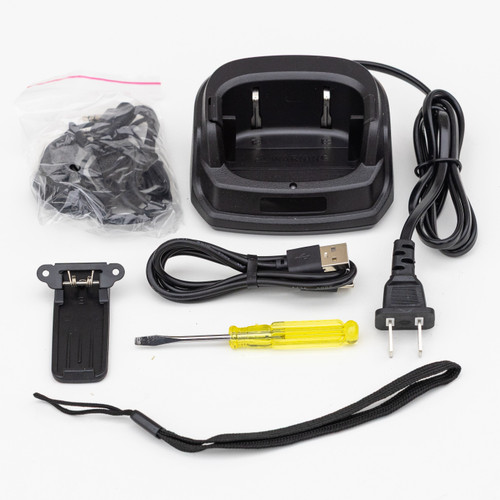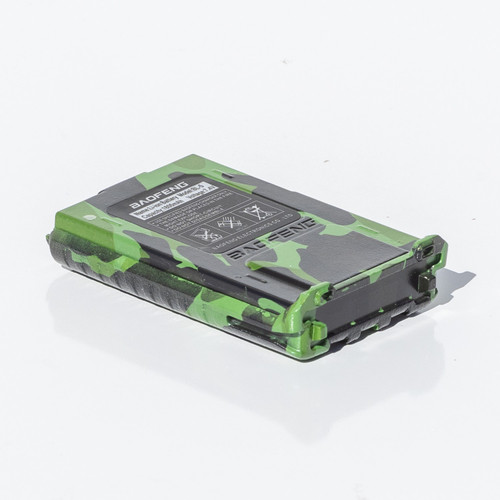Description
Baofeng UV-5RM
The UV-5RM is a direct upgrade to the legendary Baofeng UV-5R — built tougher, with a sharper screen, and the same reliability that made the original a staple for comms prep and off-grid use, available at Defense Distributors. It keeps what works and improves what doesn’t, all while staying compatible with your existing UV-5R antennas, PTT guards, and accessories.
This dual-band handheld transceiver gives you solid UHF and VHF performance in a rugged, field-ready package. Whether you’re on a rooftop, in the woods, or at the range, the UV-5RM is compact enough to stay out of the way, powerful enough to get your message through, and simple enough to use with CHIRP for quick setup.
What It Does
- Dual-Band Coverage: 136–174 MHz (VHF) and 400–520 MHz (UHF)
- RF Output: Up to 5 watts of power for reliable signal reach
- Channel Memory: 128 programmable channels with scan and dual-watch
- Battery: 1800mAh Li-ion battery for extended run time
- Rugged Housing: Impact-resistant shell with improved buttons and screen
- Flashlight: Integrated LED light for nighttime or emergency use
- Privacy Controls: CTCSS / DCS squelch and tone options
- CHIRP Compatible: Fully supported by CHIRP programming software
Tech Specs
- Frequency Range: 136–174 MHz / 400–520 MHz
- Output Power: 1W / 5W selectable
- Battery: 7.2V 1800mAh Li-ion
- Dimensions: 140 x 70 x 30mm
- Weight: Approx. 400g with battery
- Memory Channels: 128
- Antenna Connector: SMA-Female
- Display: Customizable backlit LCD
FAQs
Q: Can I use my UV-5R accessories with this?
Yes. The UV-5RM is fully compatible with most UV-5R antennas, cases, battery chargers, and speaker mics.
Q: Is this easy to program?
Yes, especially with CHIRP. While button-based programming is possible, most users prefer to connect via PC for fast setup.
Q: Does this require a license?
Yes, for legal transmission on amateur radio bands. Users must comply with all local regulations.
Q: Is it waterproof?
No. While it’s more rugged than the UV-5R, it is not rated for submersion or heavy rain.










